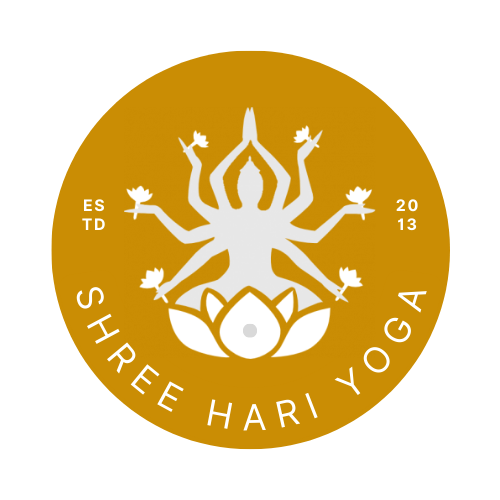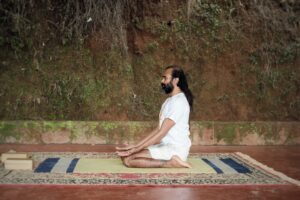Table of Contents
ToggleKaivalyapada and Its Relevance in Human Well-Being
Kaivalyapada is the final and most profound chapter of the Yoga Sutras by Patanjali. It describes the ultimate goal of yoga — Kaivalya, or liberation. In this chapter, Patanjali discusses the nature of true freedom and the path to attain it. Although the topic is deep and philosophical, it is highly relevant to modern life.
Understanding Kaivalya: The State of Liberation
In the first section of Kaivalyapada, Patanjali introduces the idea of isolation or liberation. This doesn’t mean cutting off from the world but rather letting go of material attachments and ego. In fact, true detachment allows one to connect more deeply with the higher self. Only by shedding illusions and desires can we experience spiritual freedom and unity with the universe.
Overcoming the Obstacles to Liberation
The second section focuses on the obstacles we must overcome to reach liberation. These are known as kleshas, the root causes of suffering. Facing our inner fears, ignorance, and habits can be difficult. However, self-awareness and honesty help us move beyond them. This process may feel uncomfortable, but it is necessary for true growth and freedom.
Traits of a Liberated Individual
In the third section, Patanjali explains what it looks like to be liberated. Such a person is:
- Free from desires and attachments,
- Deeply self-aware,
- Calm and peaceful,
- In harmony with others and the universe.
Although this state may seem idealistic, it is a reminder that peace is possible when we live mindfully and without ego.
Consistent Practice is the Key to Liberation
Finally, Kaivalyapada highlights the importance of regular practice. Liberation doesn’t happen overnight. Instead, it is a journey that requires commitment and patience. Whether it’s meditation, self-reflection, or serving others, every step we take helps us grow spiritually. In addition, this chapter encourages us to take full responsibility for our own spiritual path.
Core Principles of Kaivalyapada
1. Viveka (Discernment)
This principle teaches us to distinguish between real and unreal. As a result, we can separate our identity from false beliefs and focus on inner truth.
2. Vairagya (Non-attachment)
By letting go of material desires, we find peace within. Vairagya helps us stay balanced even during tough times.
3. Shad-sampat (Six Virtues)
These include tranquility, control, withdrawal, endurance, faith, and focus. Together, they help us stay steady on the path of yoga.
4. Mumukshutva (Desire for Liberation)
A strong inner wish for freedom keeps us motivated and dedicated. This deep longing fuels our spiritual progress.
5. Ishvara Pranidhana (Surrender to God)
Letting go of ego and trusting a higher power helps us experience deeper connection and peace.
Benefits of Practicing Kaivalyapada
Greater Self-Awareness
Kaivalyapada encourages deep reflection. Therefore, we become more aware of our thoughts, emotions, and behaviors, which leads to better decision-making.
Relief from Suffering
By overcoming the kleshas, we reduce inner struggles. Consequently, we feel more peace, joy, and connection with others.
Detachment from Ego
Letting go of ego and false identity brings true happiness. We stop relying on external things to feel complete.
Improved Mind and Body Health
Yoga improves flexibility, strength, and calmness. In addition, it helps reduce anxiety, stress, and depression.
Frequently Asked Questions (FAQ)
What is Kaivalyapada?
Kaivalyapada is the fourth and final chapter of Patanjali’s Yoga Sutras. It focuses on achieving Kaivalya, or liberation, through spiritual practice.
What is the goal of Kaivalyapada?
The goal is to free the soul from suffering and ego. Ultimately, it leads to a peaceful and liberated state of being.
What are the obstacles to liberation?
The main obstacles are kleshas: ignorance, ego, attachment, aversion, and fear of death. These can be overcome through awareness and yoga.
How does a liberated person live?
They live peacefully, without being affected by success or failure. Moreover, they are kind, calm, and deeply aware of their connection to the universe.
What role does practice play?
Consistent practice is essential. Even small steps taken every day — like meditation, reflection, and kindness — help us move toward liberation.
Can helping others lead to liberation?
Yes. Selfless service breaks ego and brings us closer to our true nature. Serving others is a powerful form of spiritual growth.
Is Kaivalyapada still relevant today?
Absolutely. In today’s busy world, its teachings offer a path to inner peace, clarity, and happiness. Its message is timeless and universal.
Conclusion: Why Kaivalyapada Still Matters
In conclusion, Kaivalyapada shows us that liberation is not just a distant spiritual goal. Rather, it is something we can move toward every day through awareness, kindness, and practice. Whether you are new to yoga or a long-time seeker, its teachings can guide you to a more peaceful, purposeful life.





